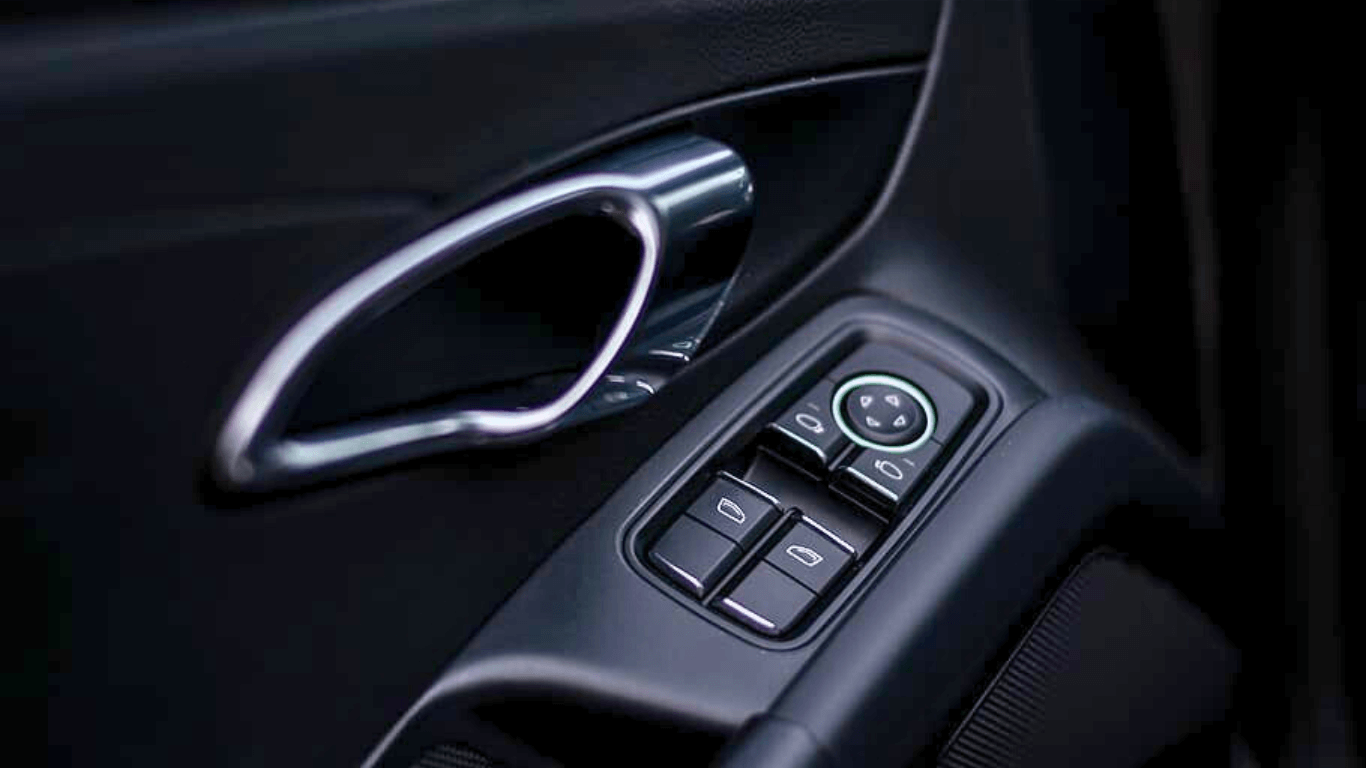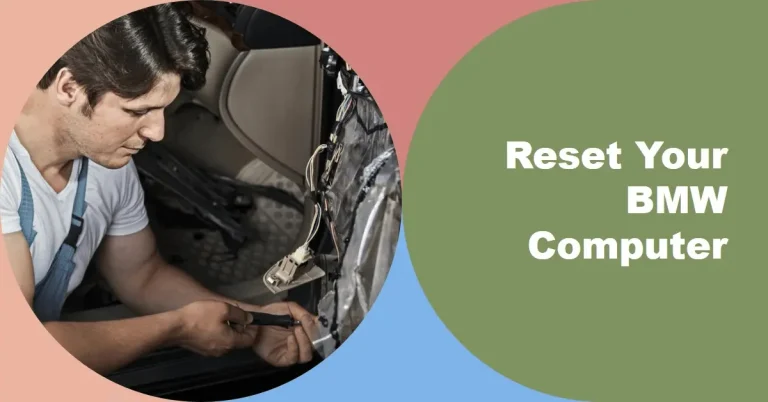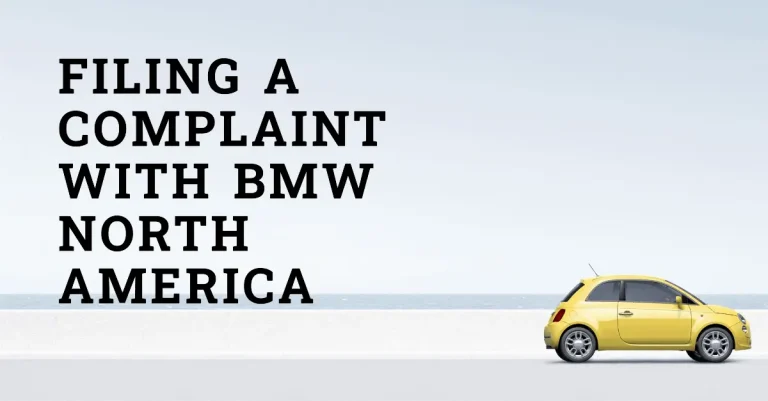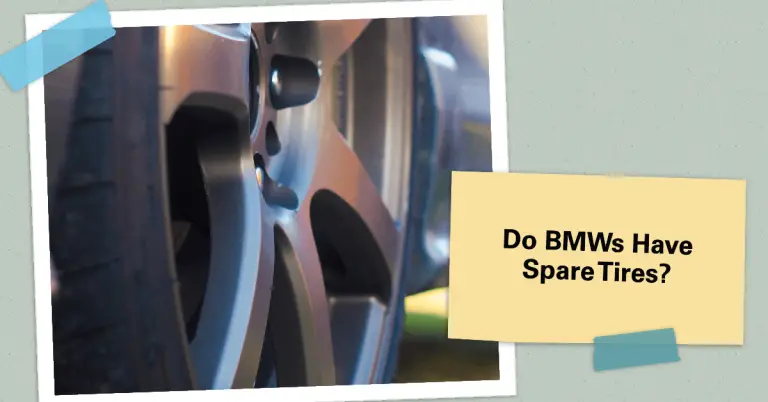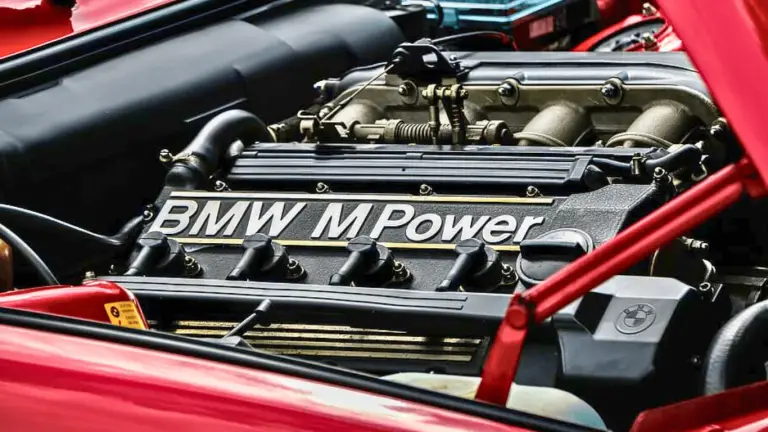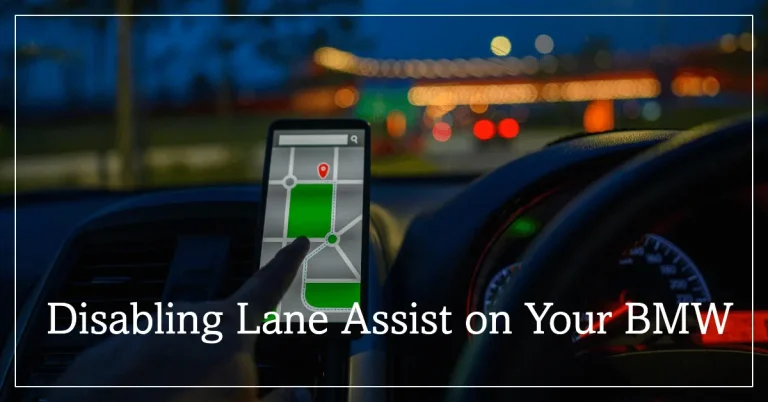BMW Adaptive Suspension Button: How to Use It for a Smoother Ride
Have you ever wondered if your BMW is equipped with adaptive suspension? This innovative technology provides a smoother, more comfortable ride and sportier, more responsive handling that adapts on-demand to changing road conditions and driving styles.
But how can you easily identify if your BMW has this high-tech suspension? This detailed guide will overview everything you need to know about BMW adaptive suspension, and provide simple steps to determine if your BMW is equipped with it.
What is BMW Adaptive Suspension and What are the Key Benefits?
BMW adaptive suspension, also known as electronic damper control or dynamic damping control, is an advanced system that allows drivers to adjust the firmness and ride quality of their suspension at the push of a button. This is achieved through electronically adjustable shock absorbers at each wheel, that can actively tune the suspension stiffness in real-time.
Unlike passive suspensions with fixed damping, adaptive suspension constantly adapts to the road surface and driving situation using sensors and actuators. The system firmness can be adjusted through different modes like Comfort, Sport and Eco Pro via buttons in the cabin.
This gives drivers the best of both worlds – a smooth, comfortable ride in regular driving for daily commutes and long trips, plus a firmer, more nimble and sporty feel when desired for spirited driving on curvy roads.
Other major benefits of BMW adaptive suspension include:
- Enhanced driving dynamics: More responsive steering and handling at higher speeds and when pushing the car’s limits. The suspension stiffens to reduce body roll around corners.
- Improved ride comfort: Soaks up bumps and potholes especially well in the Comfort setting, giving a “flying carpet” ride feel.
- Active safety: Constantly adapts to maintain ideal contact between tires and the road in all conditions. Enhances traction and stability.
- Better fuel economy: Lowering the suspension at highway speeds reduces aerodynamic drag and friction.
So in summary, adaptive suspension offers the best of comfort and performance by optimizing the steering and suspension at all times. It’s an innovative technology that enhances key aspects of the driving experience.
Where Are the Suspension Mode Buttons Located?
The most obvious interior sign that your BMW has adaptive suspension is the presence of electronic buttons to change the suspension settings, usually labeled as Comfort, Sport and Eco Pro.
In modern BMW models these buttons are typically located around the gear shifter, nearby the driving mode selector. For example, in 3 series and 5 series models they are found below the transmission selector.
In the X5 and X6 SUVs, the buttons are positioned horizontally in the row next to the gear lever. Other locations include around the iDrive controller dial or on the center console by the cup holders.
So check around the gear shift area for buttons allowing you to switch between different ride modes or suspension settings. Their presence strongly indicates your BMW is equipped with electronic adaptive suspension.
Which BMW Models Have Adaptive Suspension?
While not available on every BMW, adaptive suspension is a common option on many models especially higher end luxury vehicles and performance variants. Here are some of the main BMW models and trims that offer adaptive suspension:
- 7 Series: Available on 740i, 750i xDrive, 745e xDrive, M760i xDrive models as an option. Standard on Alpina B7.
- 5 Series: Optional on higher trims of 530i, 540i, 530e, and standard on M550i xDrive. Requires the Dynamic Handling Package.
- 3 Series: 330i and 330e models can add as an option. Standard on M340i. Requires M Sport package.
- 2 Series: Optional for 230i, 230e, M240i coupes and convertibles when equipped with the M Sport Package.
- 4 Series: Available on 430i, 430i xDrive, 440i coupes and convertibles. Requires M Sport package or adaptive M suspension upgrade option.
- 8 Series: Standard equipment on all models – 840i, 840i xDrive, M850i xDrive
- X5: Optional on xDrive40i and xDrive45e models. Standard on M50i, X5 M and X5 M Competition. Requires Executive Package or Dynamic Handling Package.
- X6: Available on sDrive40i, xDrive40i, xDrive50i, and M50i models. Standard on X6 M versions. Requires Dynamic Handling Package.
- X7: Optional on xDrive40i and xDrive45e trims when equipped with Executive Package. Standard on M50i and Alpina XB7.
- i3: Optional “Adaptive Damping” suspension available.
So in summary, mid-size and larger luxury BMW sedans, SUVs and crossovers generally offer adaptive suspension, especially on higher trims and performance models. Check your window sticker or model specifications to confirm.
How to Test if Your BMW Suspension Adapts to Different Modes
If your BMW has adaptive suspension equipped, one of the easiest ways to test its functionality is to try out the different suspension modes and feel how the firmness and ride height adapt.
Here’s a simple process to test adaptive suspension response:
- Start in Comfort mode: Comfort provides the smoothest and most relaxed suspension setting. When parked, push down firmly on the front and rear bumpers to feel the suspension compress.
- Switch to Sport mode: In Sport, the suspension should tighten up and have less body roll. Push down on the bumpers again – you should feel stiffer resistance compared to Comfort.
- Check Eco Pro mode: Eco Pro optimizes for efficiency by lowering the suspension at highway speeds. Check ride height visually and test compression. Ride may be slightly lower and firmer than Comfort.
- Return to Comfort: Back in Comfort, suspension should soften again and ride height increase. Verify by pushing on bumpers.
If you clearly notice the suspension firmness and height adapting as you toggle between modes, that confirms your BMW has adaptive suspension able to dynamically adjust in real time. Try driving in each setting to experience the tangible differences in ride quality yourself.
Checking Your BMW’s Window Sticker for the Adaptive Suspension Option
The window sticker on your BMW contains a wealth of detail about the vehicle’sfactory installed options, packages and stand-alone features.
This sticker is affixed inside the driver’s side door jamb. Carefully peel it back to view the list of options.
Look for a line item that mentions the adaptive suspension by name:
- “Adaptive M Suspension” is the terminology often used.
- “Electronic Damper Control” or “Dynamic Damping Control” may also be listed.
- Executive or Dynamic Handling packages that incorporate the feature may be shown.
If you see any reference to adaptive electronic suspension on the window sticker, that confirms your BMW comes equipped with this high-tech suspension advancement.
Can You Add Adaptive Suspension After Purchase?
For BMW owners who discover their vehicle does not have adaptive suspension, it is possible to add this feature down the line by upgrading certain suspension components.
Keep in mind this can be a more expensive and labor intensive modification. Key upgrade steps typically include:
- Install electronic adjustable shock absorbers that allow stiffness adjustment
- Add suspension height sensors and control modules
- Integrate new mode buttons into the cabin if not already present
- Reprogram the car’s computer to activate the suspension adjustment functions
On some newer BMW models the required control modules and wiring may already be in place, simplifying the upgrade process.
Overall the aftermarket addition of fully functional adaptive suspension is feasible but has a higher cost than if it came from the factory. Contact a specialty BMW modification shop to explore custom upgrading your suspension system.
In Summary: Key Ways to Identify BMW Adaptive Suspension
To recap, here are the top indicators that allow you to reliably determine if your BMW is equipped with high-tech adaptive suspension:
- Check around the gear shift for Comfort/Sport/Eco Pro suspension mode buttons. Their presence is a clear sign adaptive suspension is equipped.
- Consult BMW model and package specs to see if the feature is included or optional. Larger sedans and SUVs commonly offer it.
- Test compression and observe ride height differences when switching between suspension modes. Adaptation in firmness confirms the system works.
- Examine the window sticker listing all factory installed options. Look for specific mention of adaptive electronic suspension components.
- While expensive, it is also possible to add adaptive suspension to your BMW after purchase through specialty upgrades.
In summary, verifying BMW adaptive suspension is straightforward once you know the telltale signs. This innovative technology delivers a smooth, comfortable ride during everyday driving that stiffens for improved handling when driving dynamically. The ability to adapt suspension characteristics on demand provides the best of both worlds.
Hopefully this guide has provided useful tips to easily identify if your BMW is equipped with this advanced suspension system. Always feel free to consult a BMW service professional as well. Enjoy the ride!

